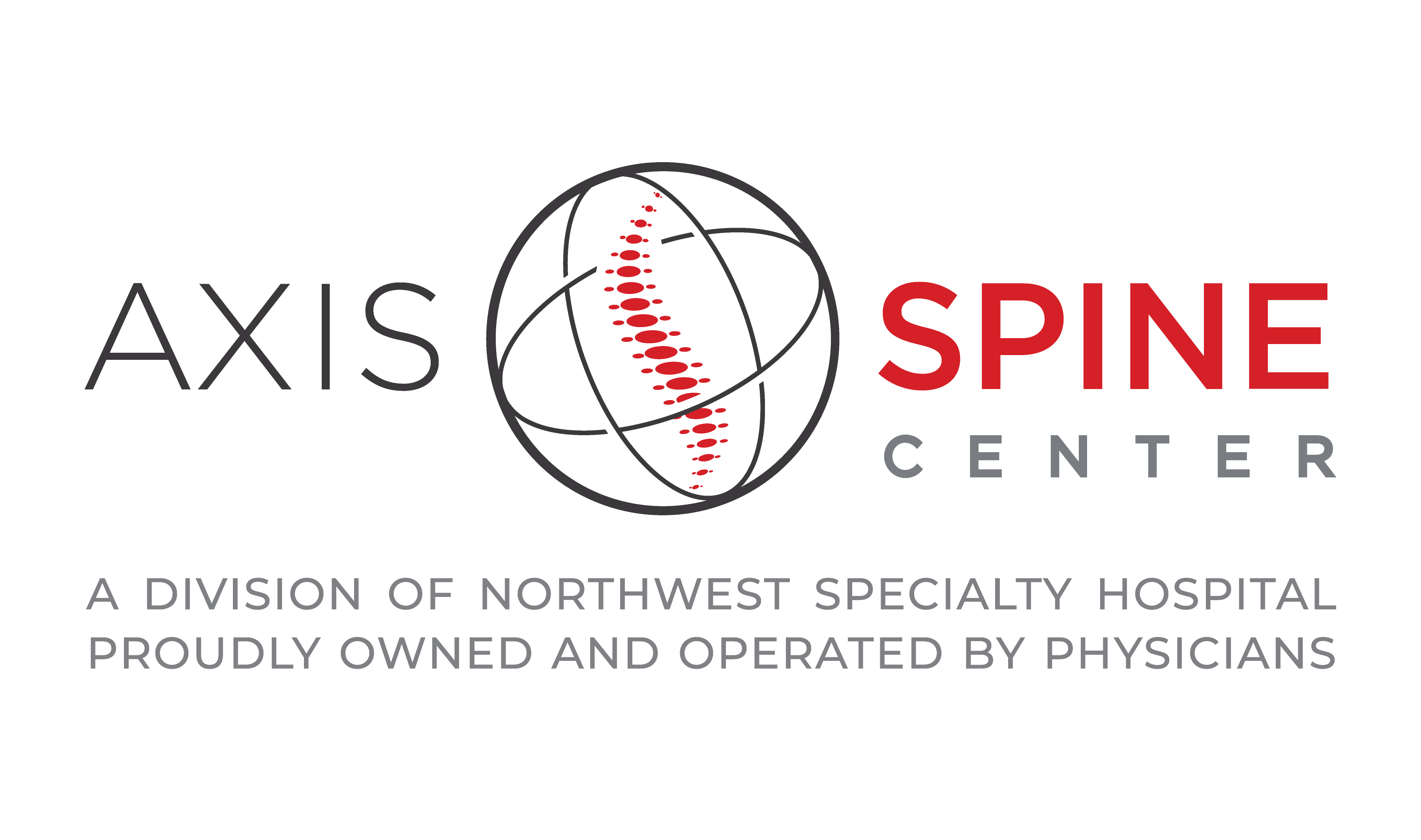Axis Spine and Orthopedic Surgeons St Louis MO: Specialists in Spine and Joint Surgery
Axis Spine and Orthopedic Surgeons St Louis MO: Specialists in Spine and Joint Surgery
Blog Article
Advanced Back and Orthopedic Surgical Treatment for a Pain-Free Life
The landscape of back and orthopedic surgery has evolved dramatically, providing a range of advanced methods made to alleviate chronic pain and enhance patient outcomes. What might these advancements indicate for the future of discomfort administration?
Comprehending Chronic Discomfort
Just how does chronic pain differ from intense discomfort, and what ramifications does this distinction have for treatment? Sharp pain typically arises instantly, usually as a straight result of injury or disease, and offers a safety feature, signaling the body to avoid additional damages. It normally fixes as the underlying cause heals. In contrast, chronic pain continues beyond the predicted period of recovery, typically lasting for months or even years. This type of pain can arise from numerous problems, consisting of ongoing diseases, nerve damages, or structural changes in tissues.
The effects for treatment are substantial. Sharp pain administration often concentrates on resolving the instant cause through medications, physical treatment, or medical treatments. Alternatively, persistent pain requires a diverse method, as it may not respond to traditional therapies. Effective monitoring commonly includes a combination of medicinal therapies, psychological assistance, and lifestyle modifications. Additionally, comprehending the mental and emotional parts of chronic pain is vital, as these factors can aggravate the experience of discomfort. As a result, a detailed therapy technique customized to the person is vital for improving the high quality of life for those dealing with chronic pain.
Cutting-edge Surgical Techniques
When traditional treatments fail,The administration of persistent pain usually leads to the expedition of cutting-edge medical methods that can supply alleviation. Advancements in innovation and medical techniques have significantly changed the landscape of spine and orthopedic surgery, allowing specialists to resolve complicated conditions more properly.
One such technique is robotic-assisted surgical procedure, which enhances accuracy and decreases the danger of difficulties. Additionally, endoscopic spine surgery has arised as a valuable alternative for dealing with herniated discs and spinal constriction.
Additionally, regenerative medicine strategies, such as stem cell therapy and platelet-rich plasma (PRP) injections, are acquiring traction. These approaches aim to advertise recovery and tissue regeneration, potentially easing the requirement for even more intrusive treatments. Another ingenious technique is making use of 3D printing in creating tailored implants and medical guides, customized to specific person makeup. Jointly, these techniques stand for a paradigm shift in just how chronic pain is managed, supplying brand-new hope for those seeking lasting relief.
Advantages of Minimally Intrusive Surgical Procedure
Lessening injury to the body is a vital benefit of minimally intrusive surgical treatment, which has actually transformed the field of back and orthopedic procedures. This strategy makes use of smaller sized incisions contrasted to conventional surgical procedure, leading to minimized muscle mass and cells damage. Because of this, individuals experience less discomfort post-operation, which can dramatically enhance their overall convenience during recovery.
Another essential benefit is the reduction in blood loss and lower danger of infection. Smaller cuts minimize the exposure of inner structures, thereby lowering the probability of issues. In addition, the precision of minimally invasive methods usually converts to much shorter surgical times, which can additionally decrease the threats connected with longer procedures.
People can likewise expect a quicker go back to day-to-day tasks and, oftentimes, a shorter health center stay. This expedited healing procedure not only boosts patient satisfaction yet can additionally lead to lower healthcare prices. On the whole, the benefits of minimally this link intrusive surgical treatment extend past prompt medical end results, promoting a faster, safer, and more efficient course to bring back flexibility and top quality of life for people suffering from spinal column and orthopedic problems.
Recovery and Recuperation Strategies

Early mobilization is essential, as it promotes blood circulation and protects against issues such as deep capillary apoplexy. Progressively increasing task degrees, under professional support, aids in restoring toughness and adaptability. Clients are motivated to participate in gentle range-of-motion workouts quickly after surgical treatment, advancing to more demanding workouts as recovery enables.
Discomfort monitoring is essential to recovery, with a focus on applying multimodal strategies that might consist of medicines, physical therapy, and alternate treatments such as acupuncture. Education on body auto mechanics and functional designs is important for preventing re-injury, ensuring that people understand how to move securely during their healing.
Normal follow-up visits are essential to monitor progress and make changes to rehab protocols. Inevitably, an interdisciplinary method that combines clinical knowledge, person education, and encouraging care fosters a smoother change back to daily activities and enhances long-term outcomes in back and orthopedic surgery.

Real-Life Success Stories
Real-life success stories in spine and orthopedic surgical treatment highlight the transformative influence of efficient recovery and individualized treatment. Consider the case of a 52-year-old individual suffering from persistent reduced back discomfort because of a herniated disc. After an extensive assessment, a minimally invasive discectomy was executed. Post-surgery, the person took part in a tailored rehab program, that included physical therapy and progressive enhancing workouts. Within months, they gained back full movement and went back to their energetic way of life, devoid of discomfort.
The medical reconstruction was adhered to by a very carefully checked healing regimen. The athlete devoted to extensive physical treatment, concentrating on strength and stability to sustain a successful return.
These narratives highlight the significance of personalized treatment strategies and the commitment of both clients and medical care carriers. click here for more Each story offers as a testimony my company to the advancements in spinal column and orthopedic care, showing that with the appropriate technique, a pain-free life is without a doubt achievable.
Verdict
In final thought, advanced back and orthopedic surgery represents a significant development in the pursuit of a pain-free life. Innovative surgical methods, minimally intrusive and particularly robotic-assisted procedures, considerably boost accuracy and lower healing times - Axis Spine and Orthopedic Surgeons St Louis MO. Paired with regenerative medicine and individualized rehab programs, these techniques promote efficient healing and reconstruction of flexibility. The compelling success tales of people emphasize the transformative influence of these modern-day medical interventions, offering wish for improved high quality of life in people struggling with chronic discomfort.

Report this page